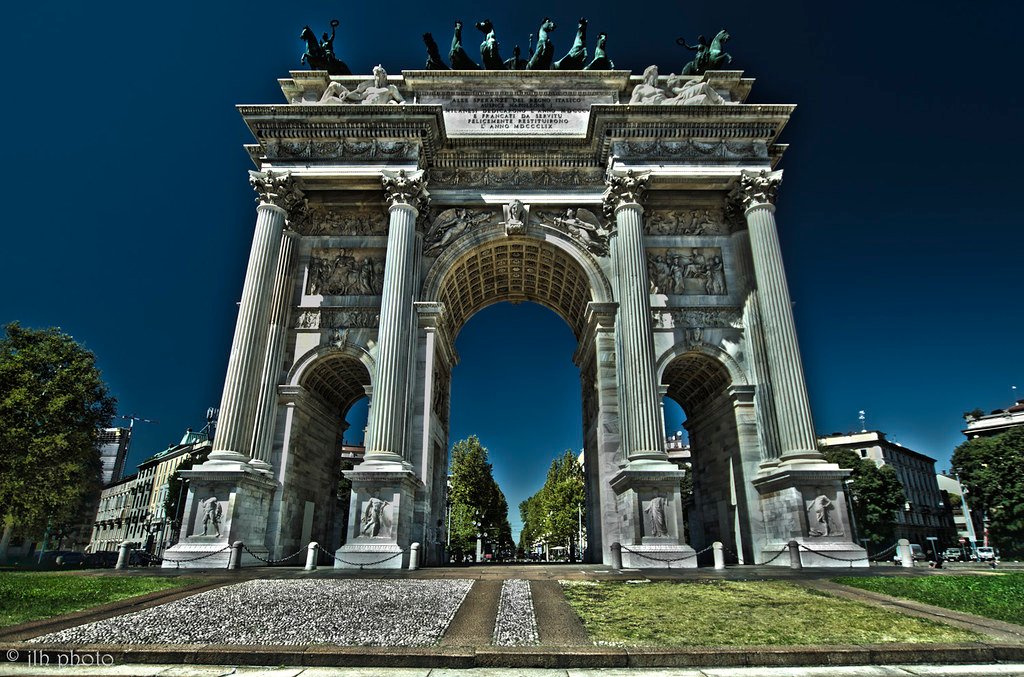Imagine standing in the bustling streets of La Paz, Bolivia, with the city’s colorful houses clinging to steep mountainsides, while the snow-capped peaks of the Andes tower overhead. It feels like the ground beneath your feet is frozen in time, yet science tells a different story—these majestic mountains are still rising, reshaping the world above and below. The Andes are not relics of a bygone era but are living, breathing giants, pushing ever higher into the sky. Geology here is not just about rocks and dirt; it’s about motion, drama, and the incredible forces that continue to shape life in the heart of South America. Let’s journey through this ever-changing landscape and discover the secrets lying beneath the clouds.
The Birth of the Andes: A Collision of Continents

The Andes did not emerge overnight. Their story started millions of years ago, when the South American and Nazca tectonic plates began a slow-motion collision. Imagine two massive conveyor belts, pushing against each other with unimaginable force. The Nazca Plate is forced beneath the South American Plate in a process called subduction. This collision created intense pressure, causing the crust to buckle and fold, ultimately giving birth to the towering Andes. Even today, this continental wrestling match continues, fueling the mountains’ growth and occasional earthquakes. The sheer scale and energy of these forces are almost impossible to fathom, but their effects are written in every cliff and valley.
La Paz: A City Perched in a Geological Wonder
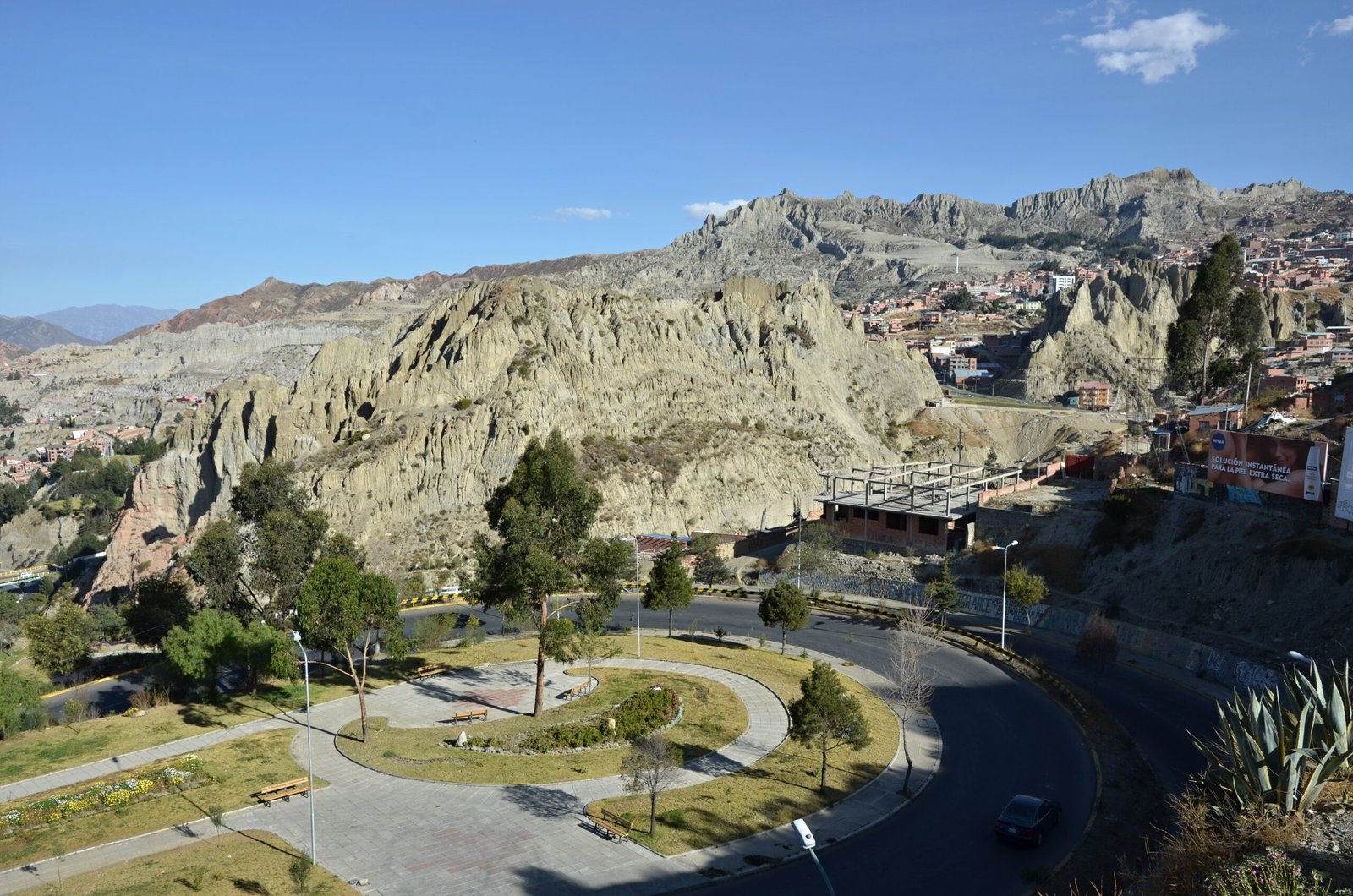
La Paz is unique among world capitals, not just for its altitude but for its dramatic setting inside a massive bowl carved by ancient glaciers and rivers. The city’s elevation, ranging from about 3,200 to over 4,000 meters, makes daily life a negotiation with thin air. But what’s even more fascinating is that beneath the city’s streets lies a complex tapestry of sedimentary rocks, volcanic debris, and tectonic scars. These geologic features serve as a living textbook for scientists and a breathtaking backdrop for everyone else. Walking through La Paz is like strolling atop a living geological experiment, with the city itself a testament to nature’s grand designs.
Mount Illimani: Sentinel of the City

No discussion of La Paz’s geology is complete without mentioning Mount Illimani. This iconic, snow-draped peak dominates the city’s skyline, rising more than 6,400 meters above sea level. Illimani is not only a symbol of local pride but also a geologic marvel. Its rugged slopes are the product of relentless uplift and erosion, revealing layers of ancient rock that tell stories of both fiery volcanic origins and icy glacial ages. For many locals, Illimani is a guardian spirit; for geologists, it’s a treasure trove of clues about the Andes’ past and present.
The Science of Uplift: Why the Andes Keep Growing

You might wonder: Why are the Andes still rising today? The answer lies in the ongoing subduction of the Nazca Plate beneath South America. This process generates incredible heat and pressure, causing the crust to thicken and buckle upward. As sediments pile up, the land continues to rise, sometimes by a few millimeters each year. While that might seem tiny, over centuries and millennia, these increments add up to dramatic changes. The Andes are proof that Earth’s surface is never truly at rest—it’s always in motion, sometimes in ways we barely notice.
Earthquakes and Tremors: Living with the Shakes
The same forces that push the Andes skyward also make the region prone to earthquakes. La Paz and its surroundings often experience tremors, some strong enough to rattle windows and nerves. These quakes are a constant reminder that the land beneath is restless. For scientists, each earthquake provides valuable data about the movement of deep-seated faults and the dynamics of plate tectonics. For residents, earthquakes are part of daily life—something to prepare for, respect, and live alongside. The tension between awe and anxiety creates a unique relationship with the land.
Ancient Rocks, New Stories: Layers Beneath La Paz
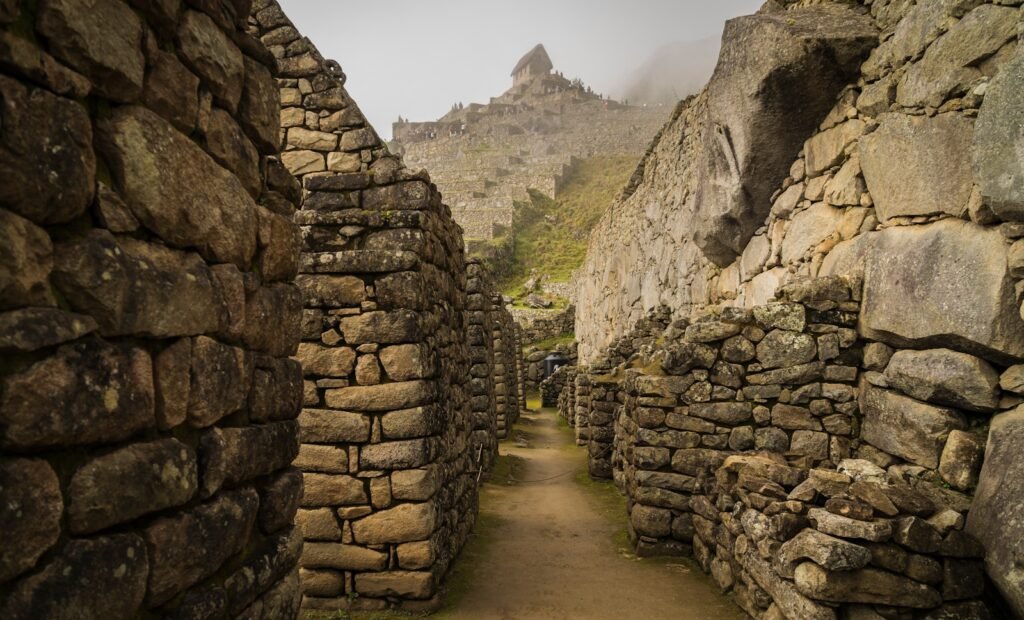
Beneath the busy cityscape of La Paz, layers of rock hold the secrets of ancient environments. Some rocks here are over a billion years old, formed long before the Andes existed. Others are more recent, deposited by rivers, lakes, and volcanoes. Each layer is like a page in a vast history book, chronicling shifting climates, vanished lakes, and powerful eruptions. Geologists read these layers to piece together the city’s past, finding evidence of ancient seas and even fossils that hint at life before the mountains. It’s astonishing to think that every stone in La Paz has a story to tell.
Rivers of Change: The Role of Water in Shaping the Andes
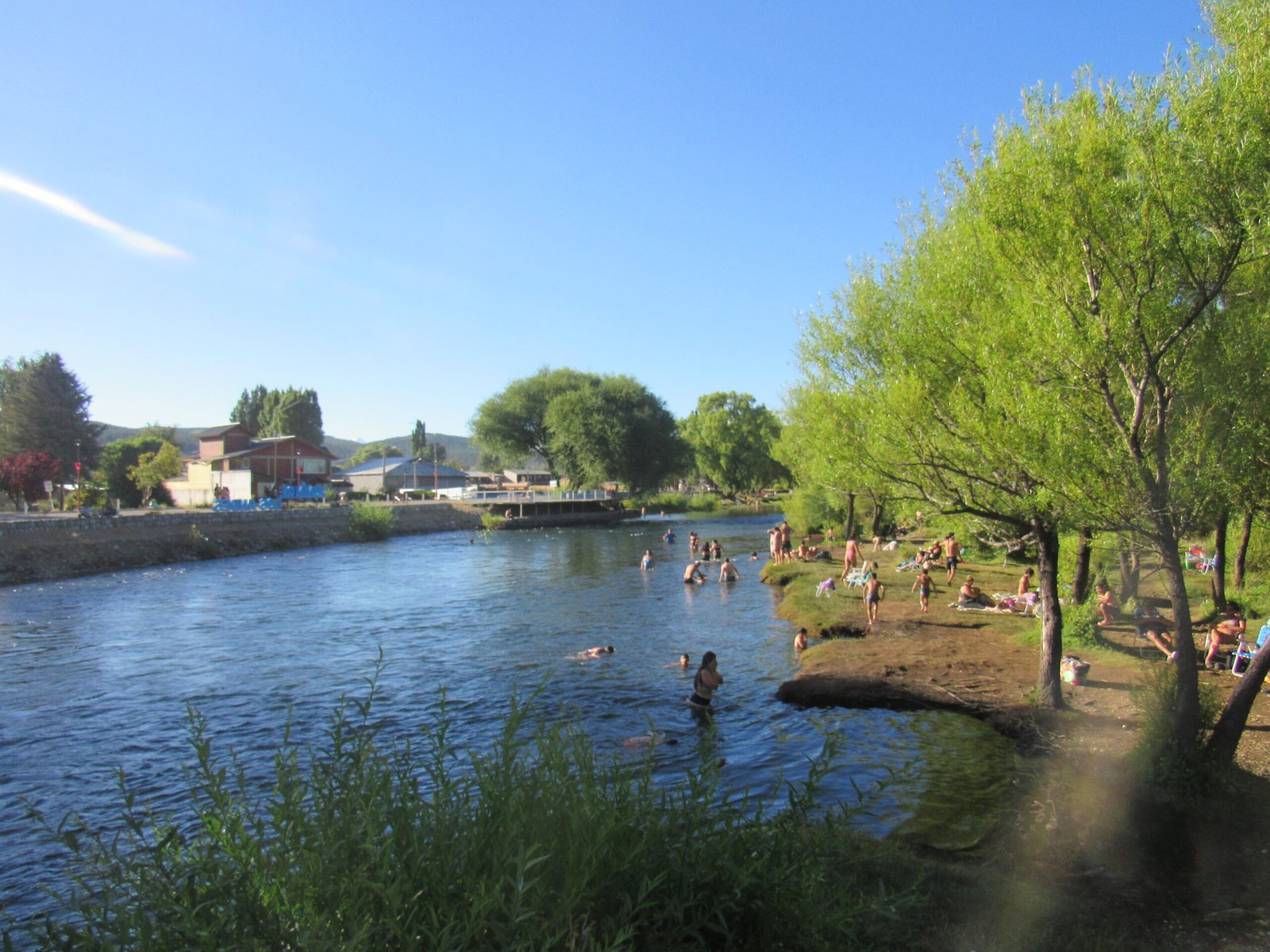
Water might seem gentle compared to the power of tectonic plates, but its impact on the Andes is profound. Rivers like the Choqueyapu carve deep valleys and canyons through the mountains, carrying away sediment and reshaping the landscape. Over time, these rivers have created the dramatic bowl that cradles La Paz. Flash floods and seasonal rains continue to sculpt the city, sometimes causing landslides but always reminding residents of nature’s power. Water’s slow but relentless work is a silent partner to the violent forces below.
Glaciers: The Ancient Sculptors of the Landscape
Long ago, glaciers covered much of the high Andes, grinding down rock and leaving behind dramatic features like cirques, moraines, and hanging valleys. Even today, small glaciers cling to the highest peaks, including Illimani and Huayna Potosí. These icy remnants are crucial for local water supplies and are sensitive indicators of climate change. As the glaciers retreat, they reveal more of the rugged terrain beneath and remind us that the landscape is always changing. The glaciers’ legacy is etched into every slope and valley around La Paz.
Volcanic Activity: Fire Below the Surface
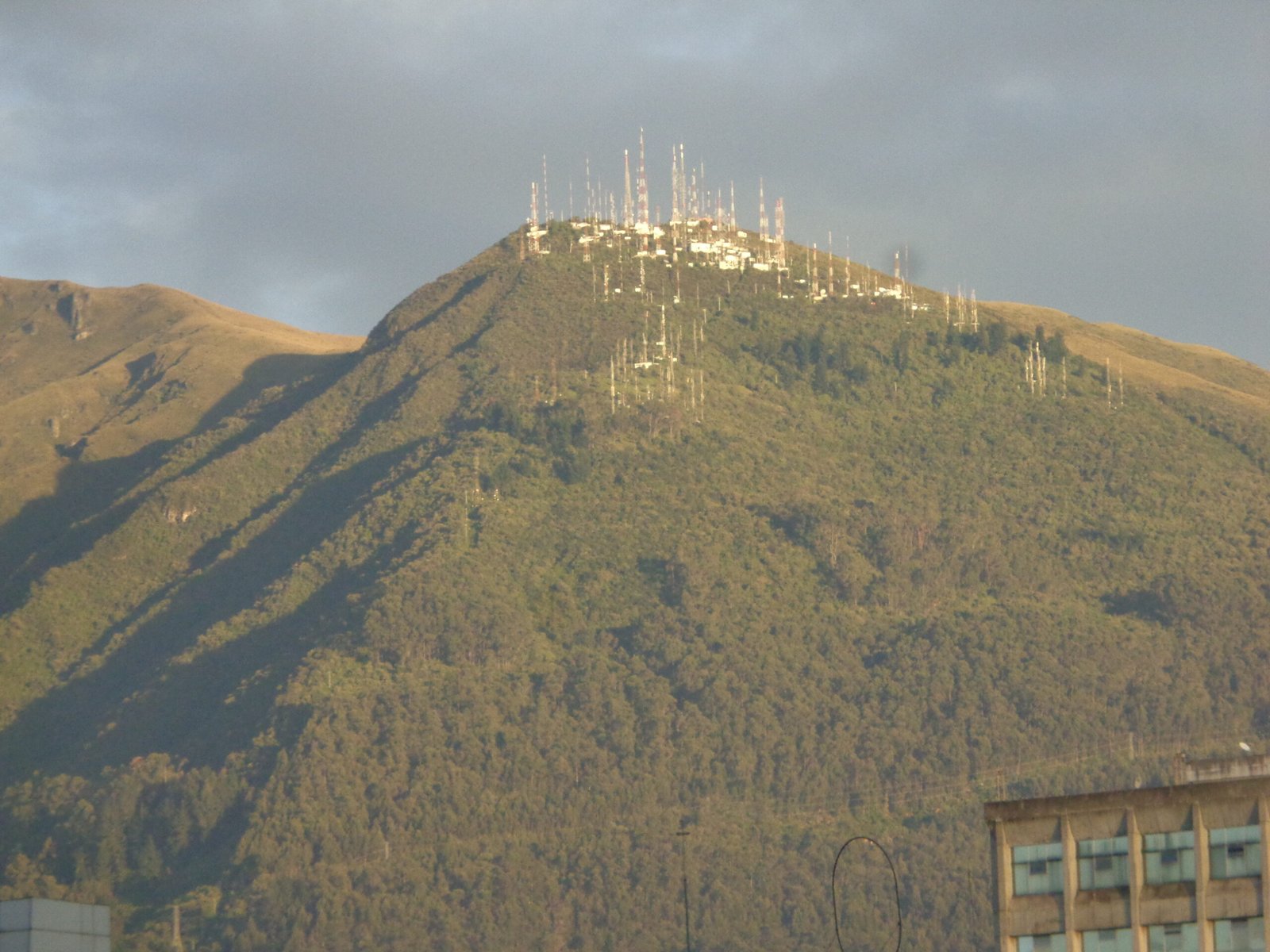
While La Paz itself sits on relatively stable ground, the central Andes are dotted with active and dormant volcanoes. These volcanoes are direct evidence of magma rising from deep within the Earth, a consequence of plate subduction. Volcanic ash and lava have enriched the soils around La Paz, supporting diverse plant life and agriculture. Though eruptions are rare near the city, the nearby presence of volcanoes serves as a reminder of the fiery forces lurking just out of sight. The interplay between fire and stone is woven into the fabric of Andean geology.
Mineral Wealth: Gifts from the Mountains
The restless geology of the Andes has created one of the world’s richest mineral belts. La Paz and its surroundings are famous for deposits of tin, silver, and gold, as well as rare minerals like lithium. Mining has shaped the region’s history and economy, sometimes bringing prosperity, sometimes hardship. The minerals found here are direct products of the intense heat, pressure, and chemical reactions deep underground. Every coin, jewel, or circuit board made from Andean metals carries a bit of the mountains’ ancient energy.
Landslides: Perils of a Rising Land
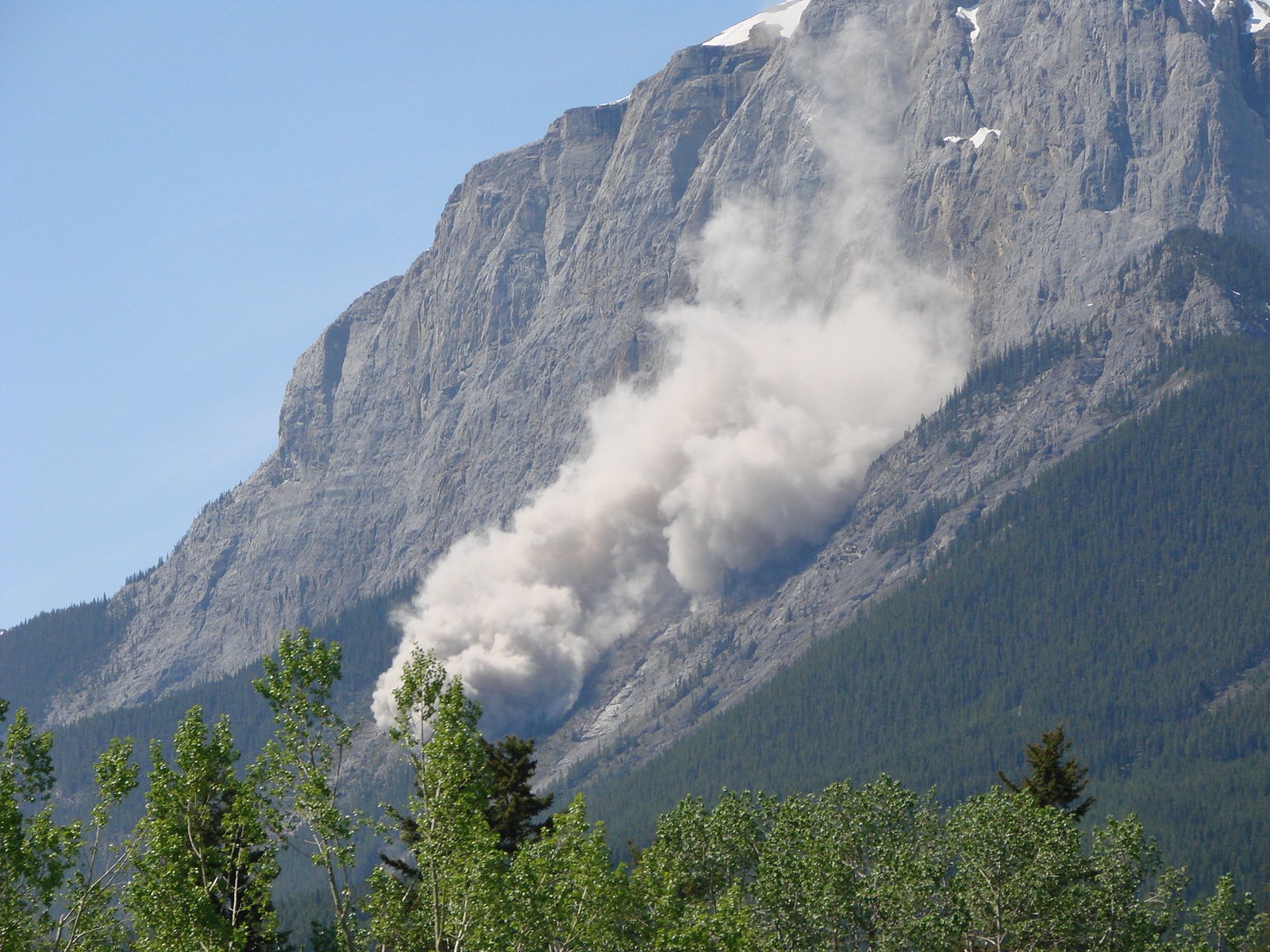
As beautiful as the mountains are, they come with risks. La Paz is particularly vulnerable to landslides, especially during the rainy season. Steep slopes, loose soils, and frequent earthquakes create a perfect recipe for sudden, dramatic movements of earth. Landslides can destroy homes and roads in seconds, reminding everyone that the land is always in flux. City planners and engineers work tirelessly to monitor and stabilize dangerous areas, but the challenge is ongoing. Living in the Andes means living with the unpredictable power of gravity.
Climate and Altitude: Life at the Top of the World
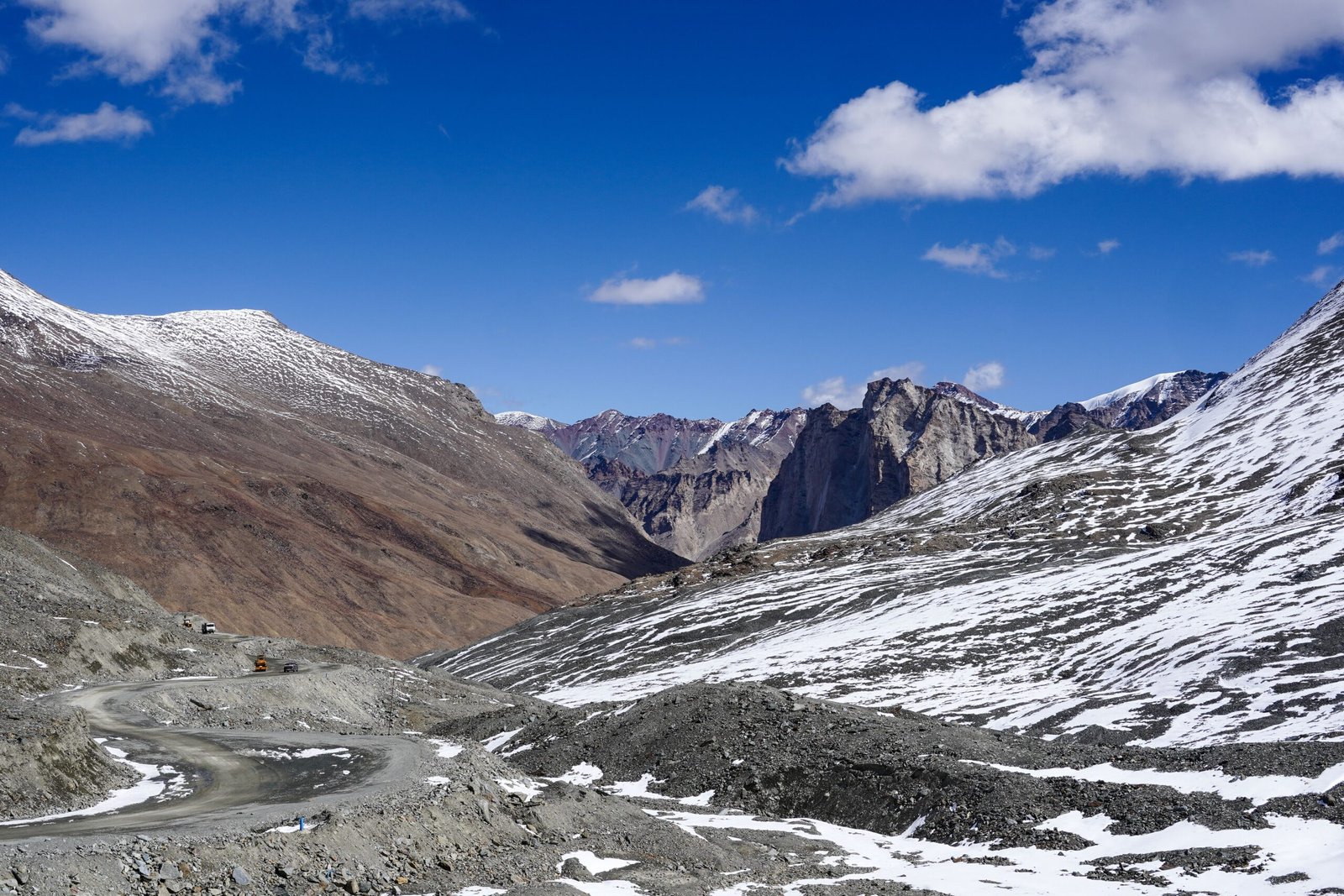
The high altitude of La Paz shapes every aspect of life, from weather patterns to human health. The thin air means less oxygen, making daily activities more challenging, especially for newcomers. Weather can change in an instant, with warm sunshine giving way to freezing winds or sudden storms. The unique climate supports special ecosystems, including high-altitude grasslands known as puna. Plants and animals here have adapted to survive in harsh conditions, just as people have learned to thrive despite the challenges.
Human History: Ancient Civilizations and the Mountains
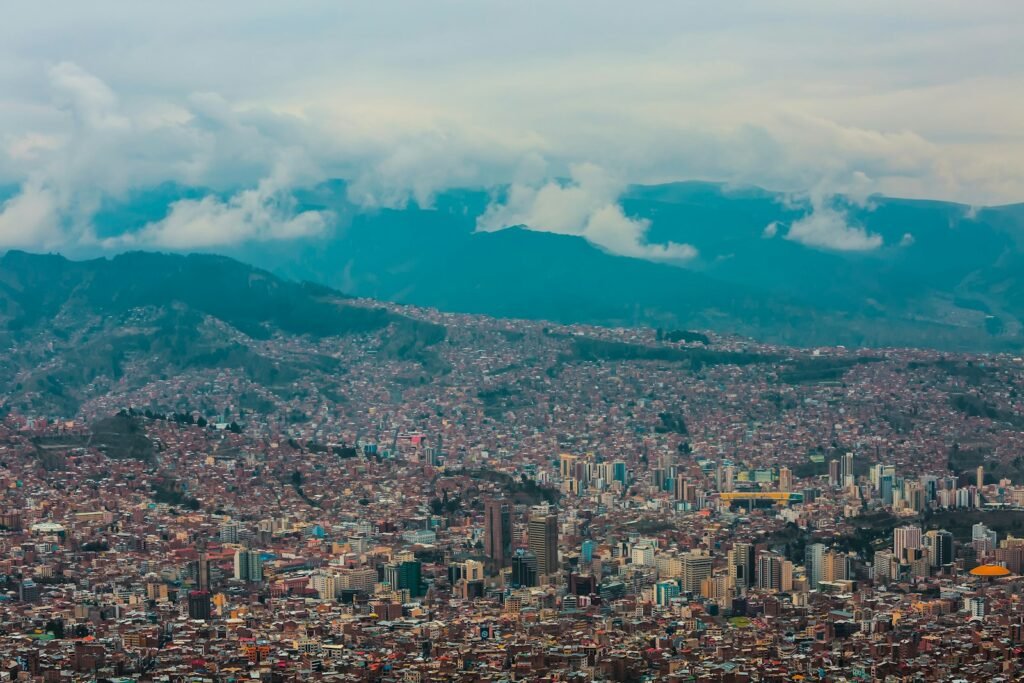
Long before La Paz became a modern city, ancient civilizations called these mountains home. The Tiwanaku and Inca built impressive stone structures, farmed terraced hillsides, and developed complex societies amid the rugged terrain. The mountains were sacred, believed to be the dwelling places of powerful spirits. Even today, many Bolivians feel a deep spiritual connection to the Andes, blending indigenous beliefs with modern life. The history of human settlement is inseparable from the story of the mountains themselves.
Modern Science: Mapping the Growing Andes
In recent years, scientists have used cutting-edge technology to track the Andes’ growth. GPS stations, satellite imagery, and seismic sensors provide precise measurements of uplift rates and fault movements. Researchers have discovered that some parts of the mountains are rising faster than others, while certain valleys are sinking or shifting sideways. This data helps predict future hazards and informs decisions about where to build or avoid development. The Andes are a living laboratory, offering endless puzzles for geologists to solve.
La Paz’s Iconic Valleys: Moon Valley and Beyond
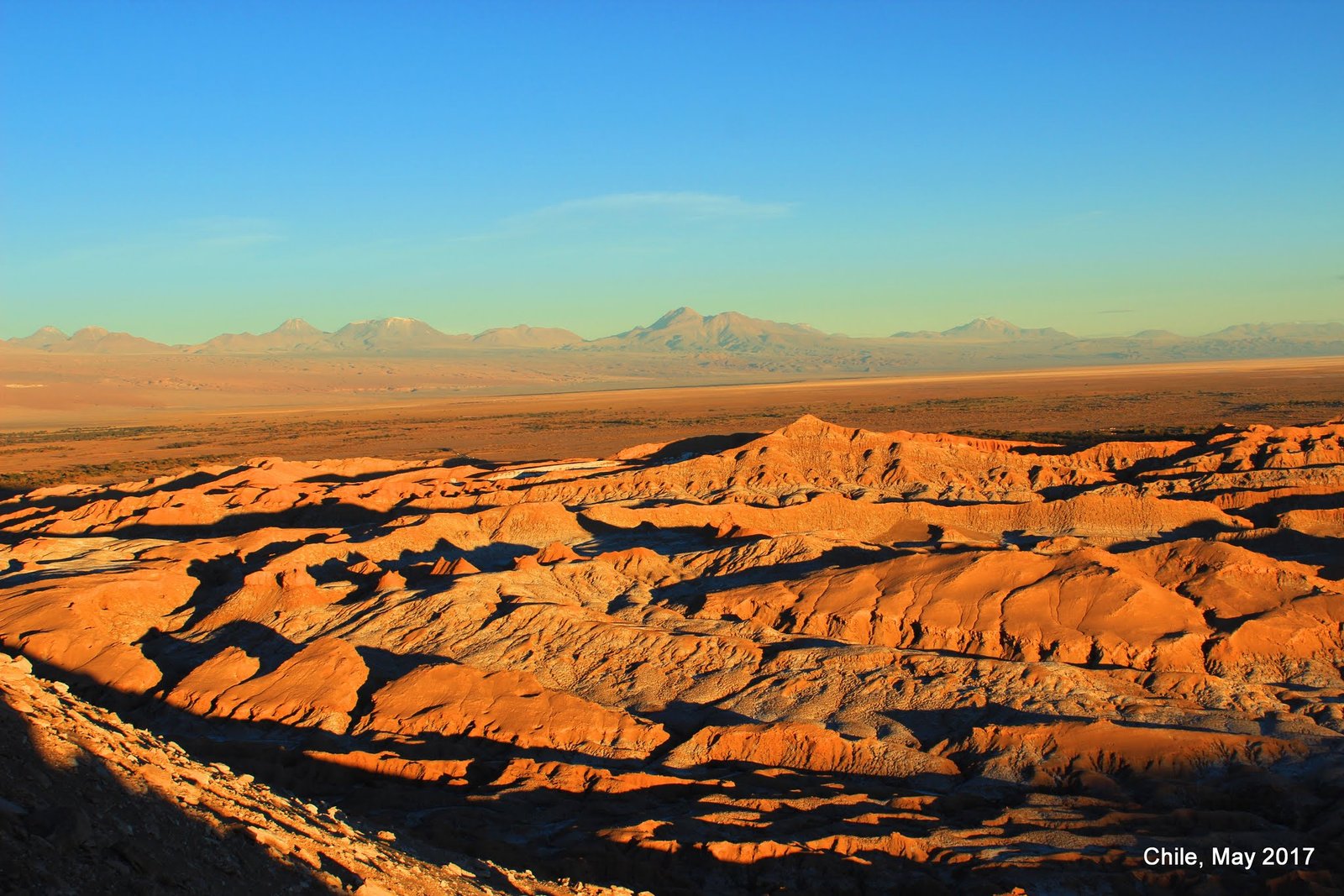
Just outside La Paz lies Valle de la Luna, or Moon Valley—a surreal landscape of eroded clay spires, gullies, and pillars. This otherworldly terrain is the result of millions of years of wind and water erosion acting on soft sediment. Exploring Moon Valley feels like walking on another planet, yet it’s a vivid reminder of how quickly the earth can change. Nearby valleys offer more examples of the strange and beautiful forms that geology can create, drawing visitors from around the world.
The Sky-High Ecosystems: Life on the Edge
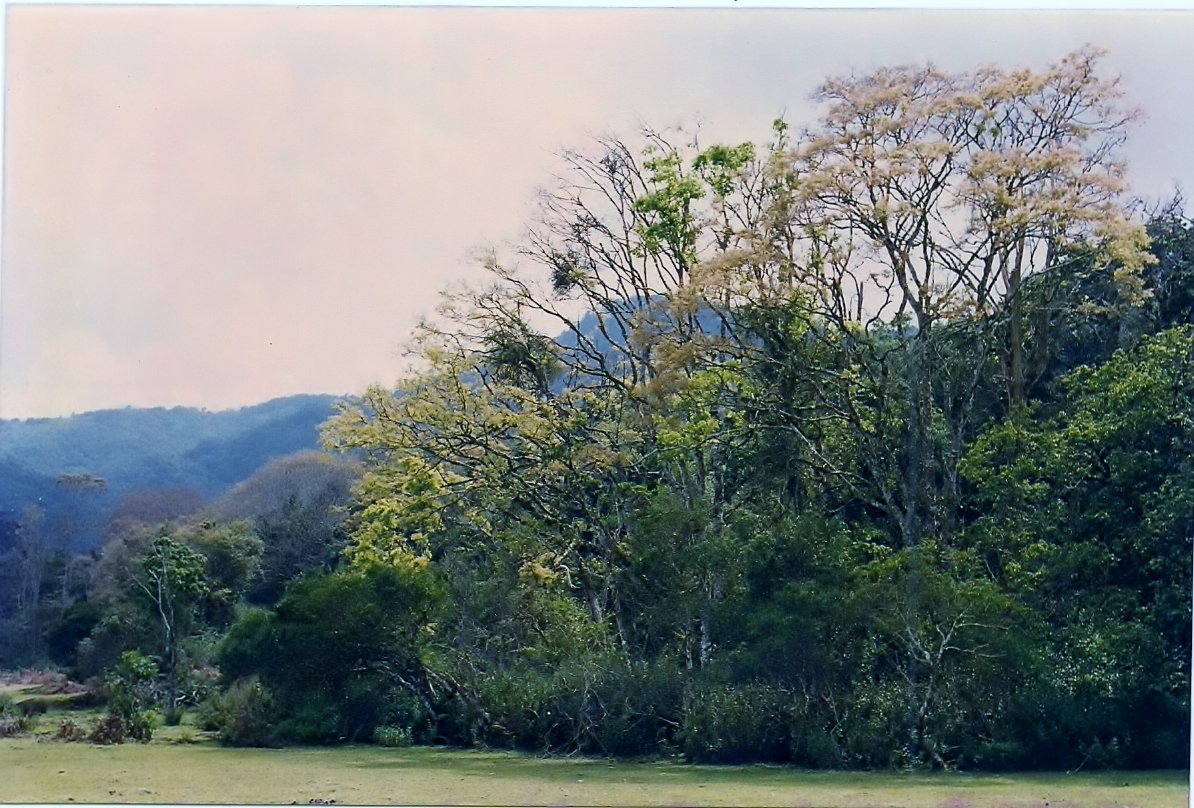
The Andes above La Paz host unique ecosystems found nowhere else on Earth. High-altitude wetlands, called bofedales, support rare birds and amphibians. The slopes are home to tough grasses, lichens, and hardy shrubs that can survive freezing nights and intense sunlight. Animals such as llamas, alpacas, and viscachas have flourished here for centuries. The delicate balance of these ecosystems depends on both the geology and the climate—any change in one can ripple through the entire web of life.
Geology’s Impact on Daily Life
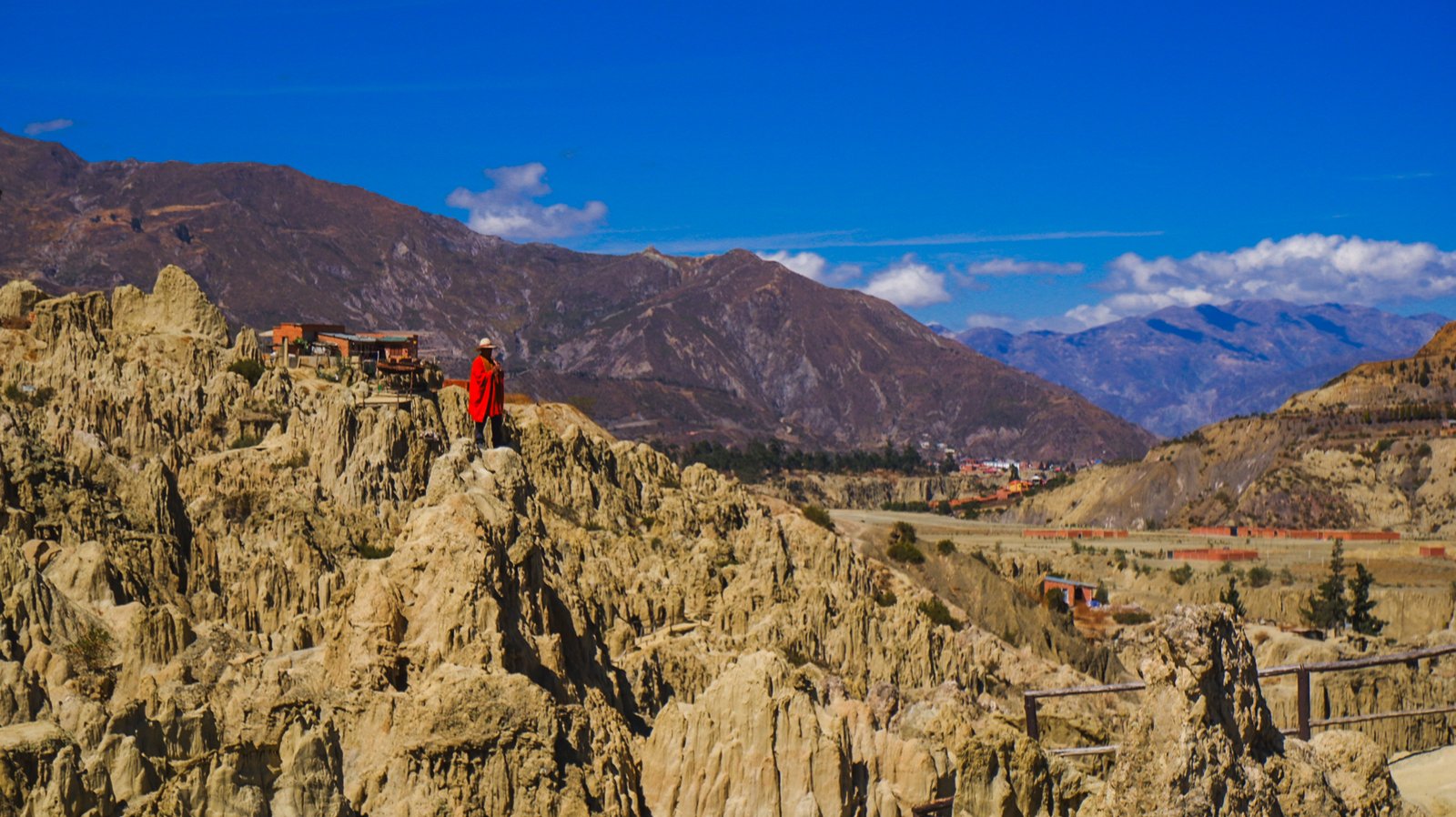
For the people of La Paz, geology is not just an abstract science—it’s part of everyday reality. Roads and buildings must be designed to withstand earthquakes and landslides. Drinking water comes from snowmelt and glacial streams, all shaped by the mountains’ rise. Even local customs, festivals, and folklore are tied to the land’s mysterious power. Navigating the city’s steep streets is a daily reminder that life here is lived on the edge, in every sense.
Climate Change and the Future of the Andes
The Andes face new challenges as global temperatures rise. Glaciers are melting at unprecedented rates, threatening water supplies for cities like La Paz. Changing rainfall patterns can trigger more landslides and floods. Scientists and local communities are working together to monitor these changes and adapt to a shifting world. The future of the Andes is uncertain, but one thing is clear: these mountains will continue to change, as they always have, shaping the destiny of everyone who calls them home.
The Enduring Mystery of the Growing Andes
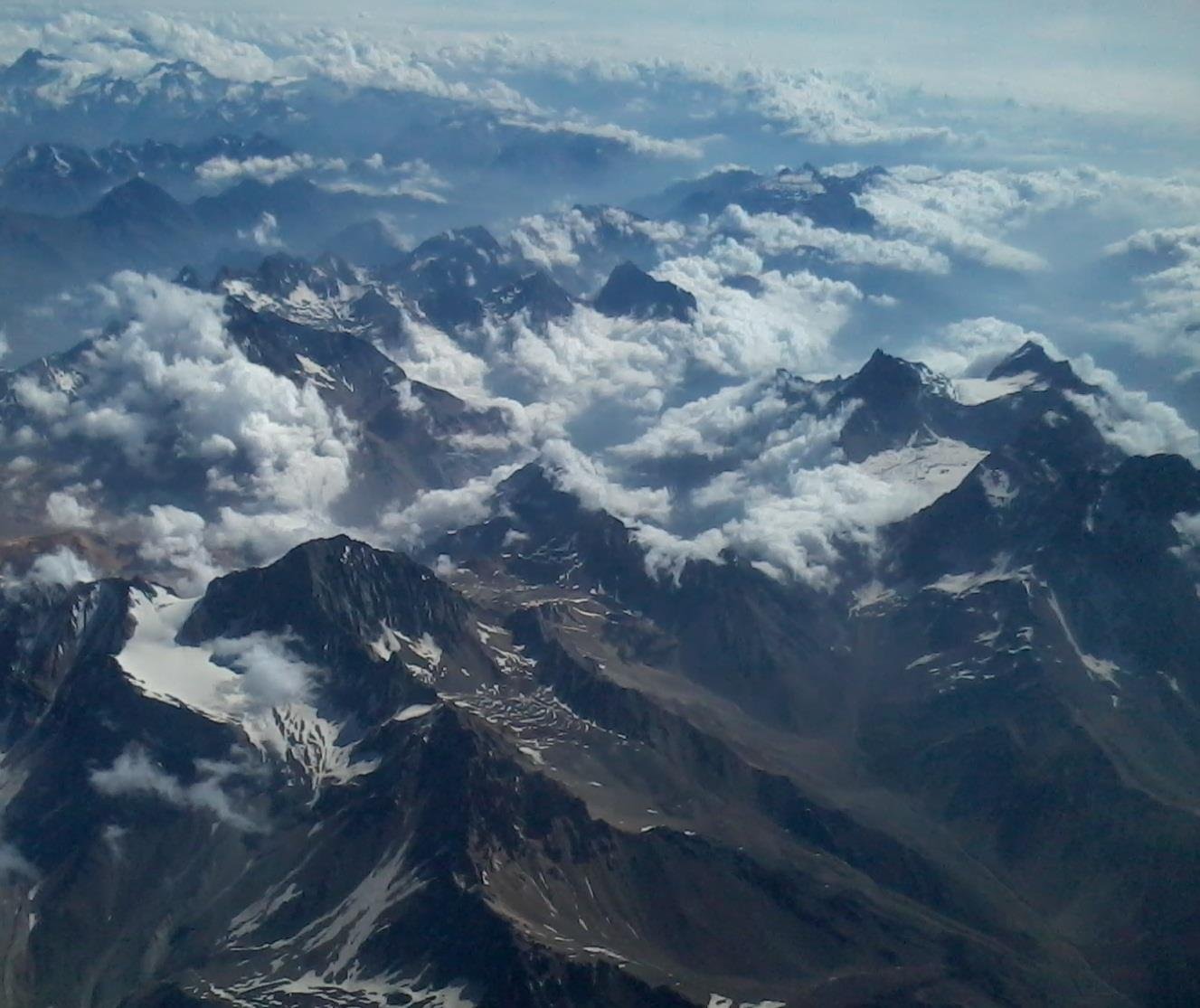
There’s something deeply humbling about knowing that the land beneath your feet is still on the move. The Andes above La Paz remind us that our planet is alive, restless, and infinitely creative. Every peak, every valley, every trembling quake is a chapter in a story that began long before humans walked the earth—and will continue long after. What secrets do you think still lie hidden in the heart of these mountains?

